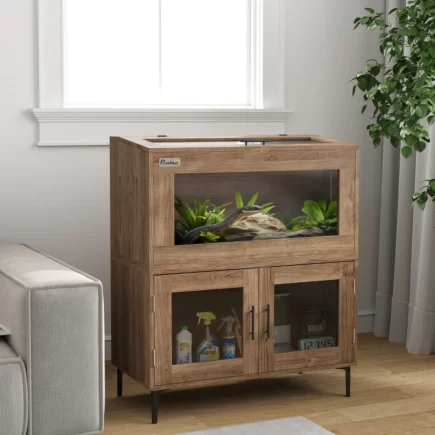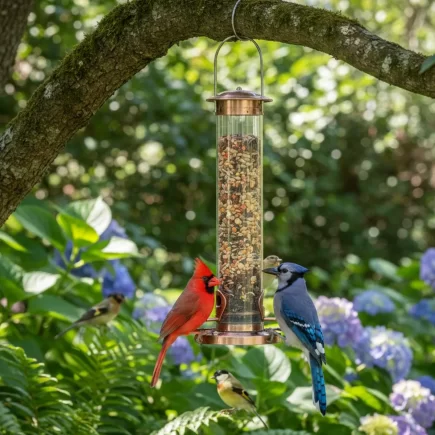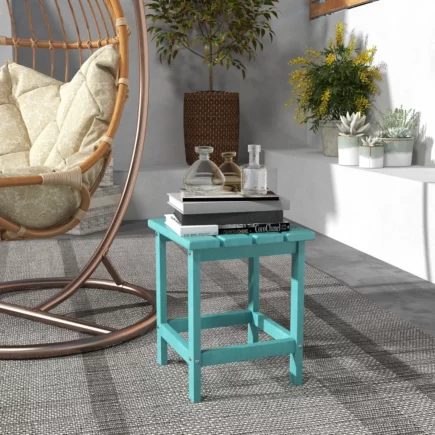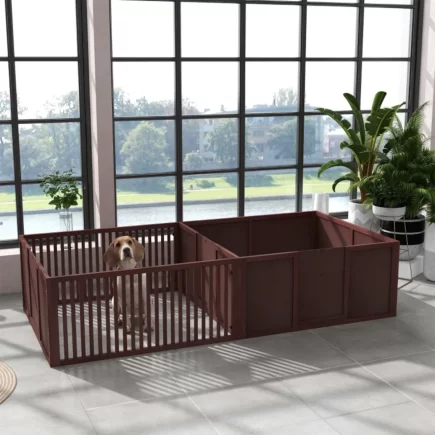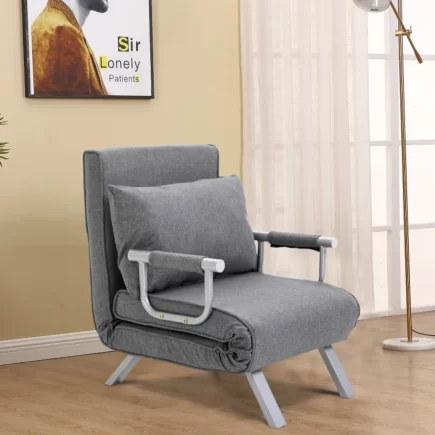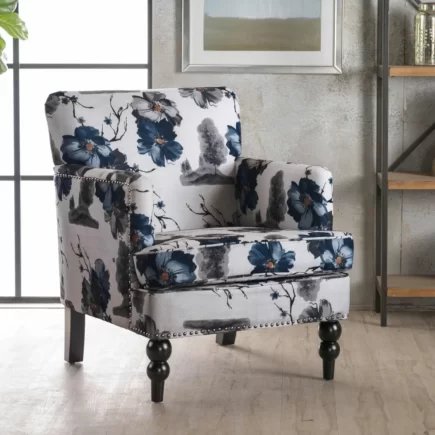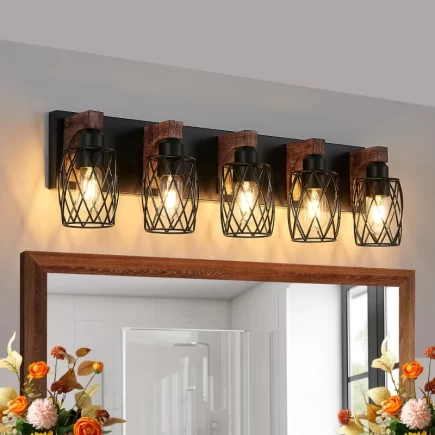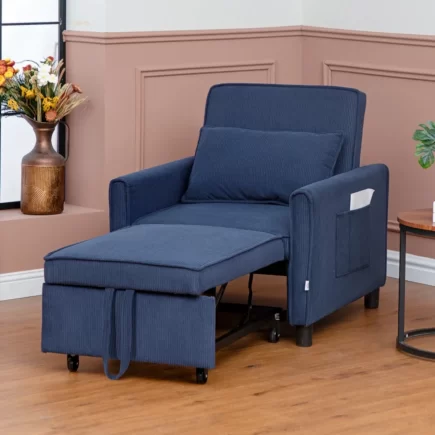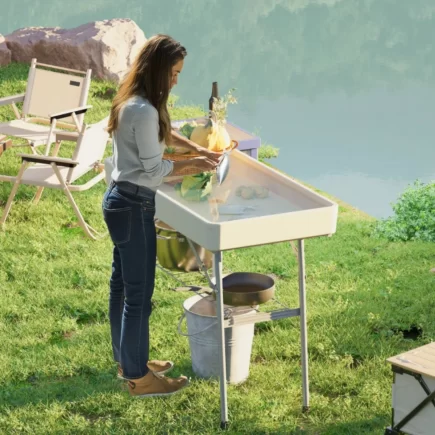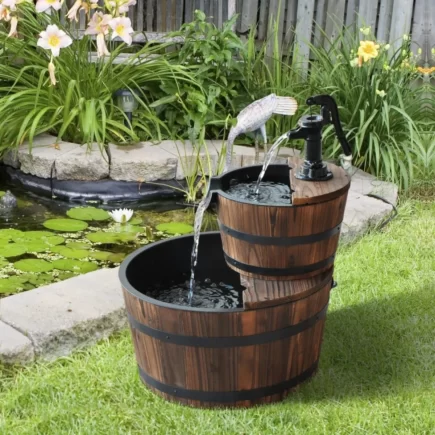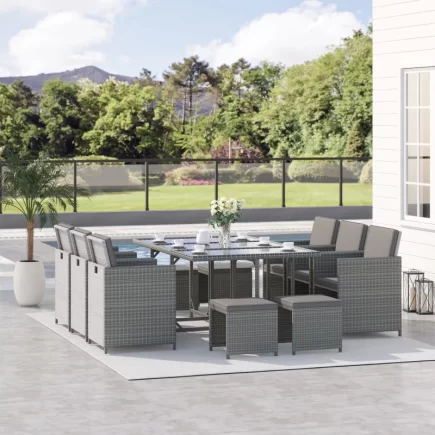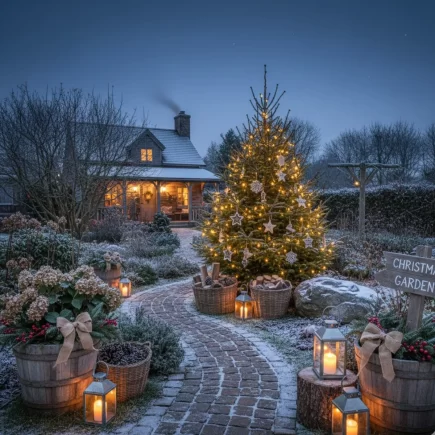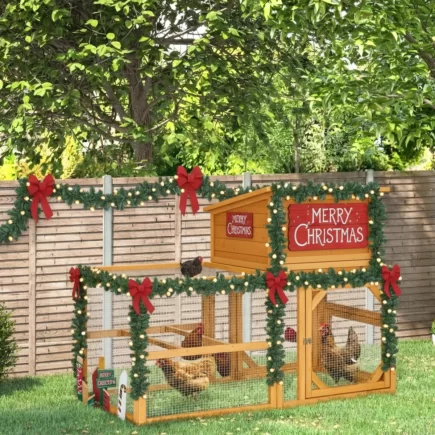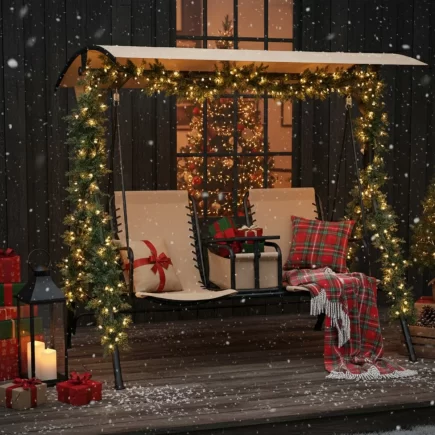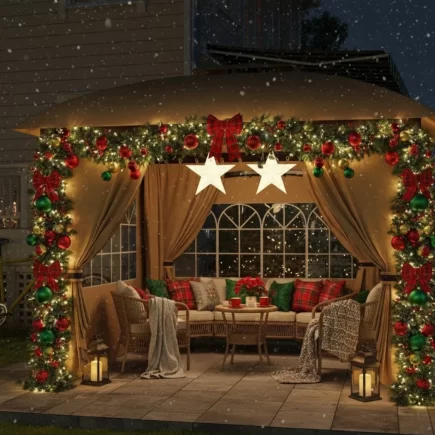A Brief History and Cultural Significance
The teepee, or “tipi,” was originally used by the indigenous tribes of the Great Plains of North America. It was the primary form of housing for nomadic tribes such as the Lakota, Cheyenne, and Arapaho. The teepee’s design was both ingenious and functional. Made with wooden poles and animal hides or canvas, the teepee was easy to assemble and disassemble, making it ideal for tribes that moved frequently to follow the herds of buffalo.

Let’s dive into the step-by-step process of constructing a teepee that suits your needs and enhances your outdoor living experience.
Essential Materials and Tools
Building a teepee requires careful planning and selecting the right materials. Below is an essential list of materials and tools, along with their specifications, to help you achieve a stable and secure teepee structure.

| Material/Tool | Details | Recommended Specs |
| Poles | Wood, Bamboo, or PVC | 10–18 ft, depending on size |
| Fabric | Canvas or Tarp | 12’x12’ or larger |
| Rope/Twine | Nylon or Jute | 30–50 ft |
| Tools | Saw, scissors, shovel, hammer, measuring tape | Standard sizes |
| Pegs/Ground Anchors | Steel or plastic | 6–12 pieces |
Having the right materials and tools is crucial to successfully building a teepee. Ensure your poles are sturdy and flexible enough to withstand the tension of the fabric. For fabric, you’ll need something both durable and weather-resistant, such as canvas, which is typically used in traditional teepees.
Planning Your Teepee
Determining the Size of Your Teepee
The first decision in the teepee-building process is determining the size of the structure. Depending on its intended use, your teepee could range from a small playhouse to a large camping shelter or even a glamping retreat. The size will directly impact the amount of material needed for both the poles and the fabric.

Here’s a general guide for sizing:
| Use Case | Suggested Diameter | Pole Height |
| Children’s Playhouse | 6–8 ft | 8–10 ft |
| Family Camping Shelter | 10–12 ft | 12–14 ft |
| Large Glamping Setup | 14–16 ft | 14–18 ft |
Before purchasing materials, use a measuring tape to mark the space where the teepee will be built. Multiply the radius by 3.14 (π) to calculate the circumference and determine how much fabric you’ll need.
Choosing the Location
Choosing the right location for your teepee is vital for its stability and comfort. Here are some considerations when selecting your teepee site:
- Flat, Stable Ground: Select a location with a flat, even surface. Avoid low-lying areas where water may pool during heavy rains.
- Indoor vs. Outdoor: If building outdoors, make sure to select an area with natural windbreaks such as trees. If building indoors, ensure you have a high enough ceiling and plenty of space for the structure.
- Protection from Wind: Position the teepee away from strong winds to minimize the risk of damage. A natural windbreak, such as a hill or row of trees, can help protect your teepee.
Door Placement
The placement of your teepee door is critical for both practical reasons and aesthetic considerations. Traditional teepees were often oriented to face east to take advantage of the morning sun, but modern considerations like wind and view should also guide your door placement.
- Wind Direction: Ensure the door faces away from the prevailing wind to reduce the chances of wind and rain entering the teepee.
- Sunlight: In warmer climates, position the door to benefit from the morning sun, while ensuring the interior remains cool in the afternoon.
- Visibility and Accessibility: Choose a location where the door offers easy access and a pleasing view.
Constructing the Teepee Frame
Step 1: Lay Out the Tripod Base
Start by selecting three long, sturdy poles. Lay them out in a triangular formation on the ground. Tie the tops of the poles together about 12–18 inches from the top using strong rope or twine to create a tripod.

Ensure the base is as level as possible. This is crucial because the teepee’s stability depends on the base being properly positioned.
Step 2: Attach Additional Poles
Once the base tripod is secured, start adding the remaining poles around the frame. These additional poles should be evenly spaced and lean against the central tripod. Make sure they are as straight as possible for structural integrity.

For a 12-foot teepee, you’ll need around 12–15 poles. The poles should gradually rise towards the top, where they will be secured.
Step 3: Secure the Poles
Tie each of the poles securely with rope or twine. Work in pairs to make sure each pole is held firmly in place. You can reinforce this structure by tying smaller rope sections between the base poles to stabilize the frame.

Pro Tip: Check the alignment of your poles regularly to maintain a perfectly symmetrical teepee. Adjust and tighten the ropes as needed.
Step 4: Add Crosspieces (Optional)

For larger teepees, consider adding crosspieces or horizontal poles to the frame. These crosspieces can help distribute weight and prevent the structure from collapsing. Use lightweight but strong material like bamboo for these additions.
Building the Teepee Cover
Once the frame is ready, the next step is to add the cover. The fabric is essential to the teepee’s function, providing shelter from the elements and privacy.

Cutting and Preparing the Canvas
Using your measurements, cut the canvas to fit the teepee’s frame. Be sure to add extra fabric for the smoke hole and the door flaps. A good rule of thumb is to leave an additional 2–3 feet for overlap and securing the base.
Expert Tip: If you're using canvas, you might want to pre-wash it before cutting to shrink it slightly. This will help prevent it from shrinking further after being installed.
Attaching the Canvas to the Frame

The “lifting pole” method is the easiest way to attach the canvas to the frame. Begin by tying the top of the fabric to the central pole and slowly work your way around the frame, securing the fabric with rope as you go. Make sure the fabric is taut but not overly stretched to avoid damaging it.
Securing the Base of the Fabric

Once the fabric is in place, use ground pegs to secure the bottom of the teepee. This will prevent the fabric from blowing in the wind and will hold the teepee structure in place.
Finishing Touches: Smoke Flaps and Door
Smoke Flaps
The smoke hole is a traditional feature of teepees, allowing smoke from a fire to escape. To add smoke flaps, cut triangular openings at the top of the fabric and secure them with ties. These can be adjusted depending on wind conditions to ensure proper ventilation.
The Door
You can create a simple door by overlapping two fabric panels, or you can construct a framed door with a wooden or PVC frame. For easier access, some people opt for zippers or ties to open and close the door.
Securing the Base
Make sure the fabric is securely fastened at the base to prevent it from being lifted in the wind. Use more ground pegs or even stakes for added security, especially if your teepee is in a windy location.
Safety and Durability Considerations
Building a teepee involves ensuring both safety and durability. Your structure must be able to withstand weather conditions and provide a secure environment for those inside.
Weather Resistance
To ensure your teepee can withstand rain, wind, and sun, choose materials like waterproof canvas and durable poles. For optimal weatherproofing, seal seams on the fabric, and use strong, weather-resistant poles for the frame.
Fire Safety
If you plan to use a fire inside your teepee, make sure the smoke flaps are functioning well and that the material is fire-resistant. Never leave a fire unattended and always keep a fire extinguisher nearby.
Cost Considerations and Budget Tips
Building a teepee can be an affordable DIY project if you plan ahead and source materials wisely. However, there are certain costs to consider.
| Cost Factor | Low-Budget | Mid-Tier | Premium |
| Poles | Reclaimed Wood | Bamboo | Lodge Pole |
| Fabric | Tarp | Canvas | Weatherproof Canvas |
| Tools | Manual | Multifunction Kit | Power Tools |
| Total Estimated Cost | $50–$100 | $150–$300 | $400+ |
Budget Tip: Reclaimed wood and PVC pipes are cost-effective solutions.
Optional Enhancements
Once your teepee is built, you can add decorative elements or functional upgrades to enhance its comfort and appeal.
- Decorative Additions: Paint the canvas with traditional geometric patterns or use fabric to create colorful designs. String lights or lanterns can also add a cozy ambiance.
- Functional Enhancements: Add cushions, blankets, and a small portable heater to make the interior more comfortable.
Traditional and Modern Uses of Teepees
Today, teepees are still used for a variety of purposes, blending traditional values with modern-day practicality. They have found their place in various contexts, from recreational camping to backyard retreats. Modern teepees are often made with durable, weather-resistant materials and provide a fantastic, cozy environment for outdoor activities.
Teepees can be used for:
- Camping Shelters: Whether you’re venturing out on a camping trip or hosting a backyard campout, teepees offer a spacious, weather-resistant shelter.
- Children’s Playhouses: A fun and creative play space for kids that sparks imagination and adventure.
- Glamping: Teepees have become a staple in the glamping (glamorous camping) industry. They combine the comforts of a home with the beauty of the outdoors, making them perfect for those looking for an escape in nature with a touch of luxury.
- Event Spaces: Teepees also serve as unique venues for weddings, parties, and festivals, providing a cozy and visually striking environment.
Building a teepee is a fun and rewarding project that allows you to blend tradition with modern functionality. With the right materials, tools, and planning, you can create a unique outdoor retreat that serves as a cozy space for family gatherings, camping trips, or playtime.

Whether you opt for a DIY build or a pre-made kit, the possibilities are endless. If you’re looking for a ready-made option that saves you time and effort, the Outsunny 15.4’x15.4’x8.5′ Teepee Tent is an excellent solution. It’s waterproof and compact, making it perfect for those who want a reliable, easy-to-assemble teepee tent for outdoor adventures.
FAQs
1. How do I take down or store the teepee?
To take down or store the teepee, begin by carefully untieing the tarp and removing the poles. Before storing, it’s important to clean both the tarp and the poles to ensure they remain in good condition. The poles should be stored in a dry, cool place to prevent warping or rotting. As for the tarp, fold it carefully and store it in a dry location, away from direct sunlight, to avoid fading. Taking these steps will help maintain the longevity of your teepee materials.
2. How can I make the teepee more stable in windy conditions?
To make your teepee more stable, ensure the poles are deeply anchored into the ground. You can use extra ropes or guy lines tied to the frame and staked into the ground. The more secured the base and frame are, the better your teepee will withstand wind. Consider using thicker poles for added sturdiness if you plan to use the teepee in windy areas.
3. Can I make a teepee without a tarp?
Yes, you can build a teepee without a tarp, using natural materials like large leaves, branches, or reeds for the covering. However, a tarp or canvas offers better protection from the elements, including rain. If you’re looking for a more traditional or natural look, you could use woven grass or fabric, but keep in mind that it may not be as durable or waterproof as a modern tarp.
4. How long will a teepee last?
The lifespan of a teepee depends on the materials used and how well it is maintained. A well-built teepee with sturdy poles and a waterproof, durable covering can last for several years if stored and cared for properly. However, exposure to harsh weather conditions without proper care may shorten its lifespan.
5. How do I keep animals out of the teepee?
To prevent animals from getting into your teepee, ensure the entrance is tightly closed and that the bottom edges of the tarp are securely fastened. If necessary, use extra rope or fasteners to keep the fabric in place. You could also place a layer of rocks or other materials around the base to deter animals from sneaking in.

